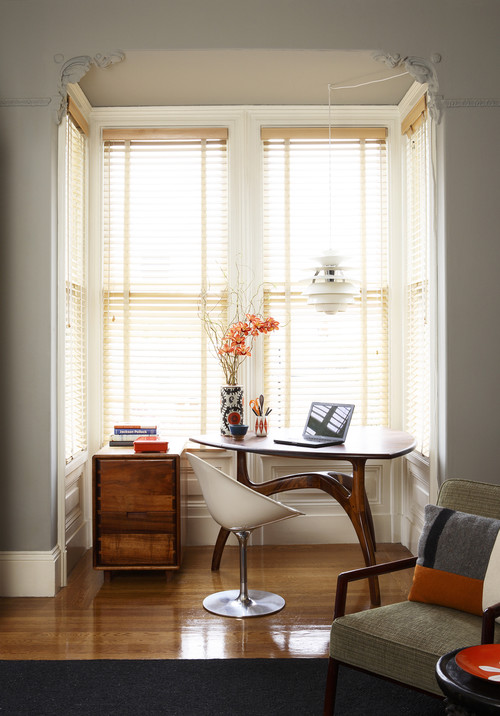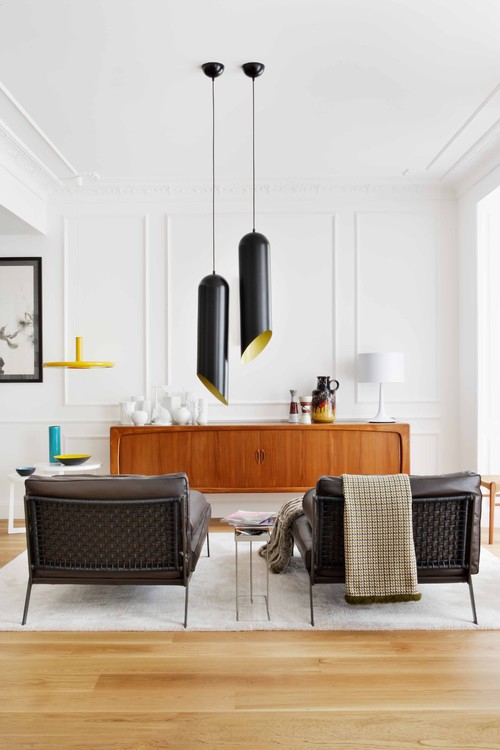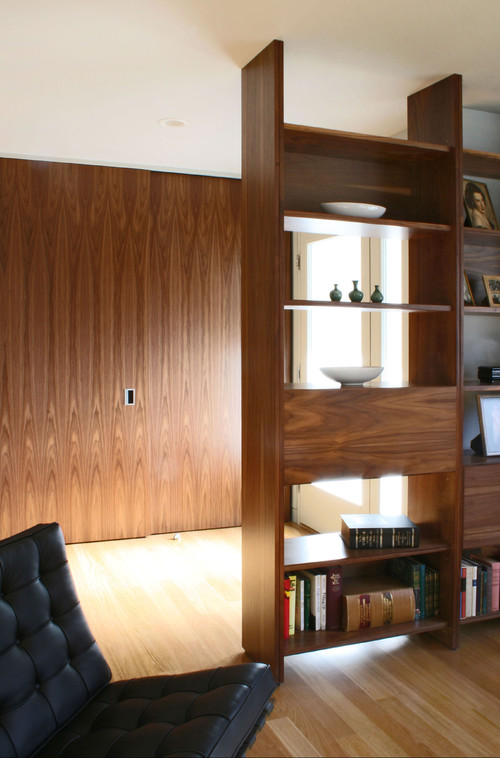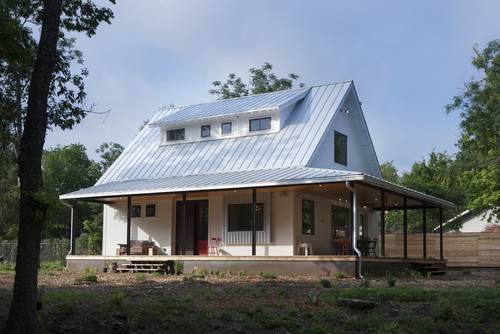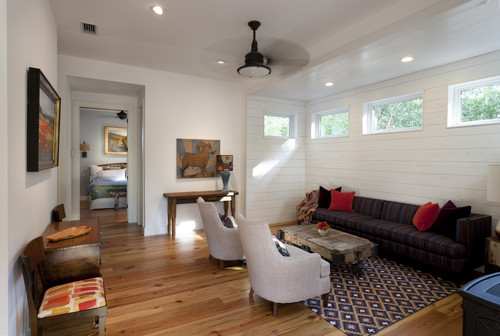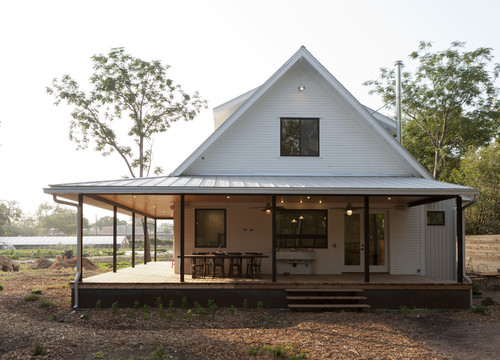Mid-Century Danish Modern Inspired Home Renovation Ideas
HarmonyHomeProjects
My favorite modern style, by far, has been Danish Modern. This style is a fascinating infusion of the best of global furniture classicisms and natural Scandinavian simplicity, warmth and comfort. While respecting the integrity of Chinese Ming, 18th Century English and French, Japanese, Spanish and ancient Egyptian techniques, forms and proportions, mid-century Danish cabinetmakers created their own classics: rich, warm and fresh.
Despite its name Danish Modern in many ways transcends the word modern - is a style that can be incorporated successfully into contemporary and traditional interiors, urban and country alike leading itself to a timeless appeal. Its forms range from those inspired by the great traditions of furniture making in the ancient world to free flowing organic shapes that seem to define the twentieth century. Its materials range from lighter more casual woods like European oak to rich, deep woods like Brazilian rosewood. Considering these characteristics, the beauty of the broad appeal of Danish Modern cannot be overstated.
What is Danish Modern?
The development of modern Danish furniture owes much to the collaboration between architects and cabinetmakers. In the 1920s, Kaare Klint embraced the principles of Bauhaus modernism in furniture design, creating clean, pure lines based on an understanding of classical furniture craftsmanship coupled with careful research into materials, proportions and the requirements of the human body.
With designers such as Arne Jacobsen and Hans Wegner and associated cabinetmakers, Danish furniture thrived in the 1940s, 50s and 60s. Adopting mass-production techniques and concentrating on form rather than just function, Finn Juhl contributed to the style's success, especially in the United States where there has recently been a renewal of interest.
Here are some example of great interiors inspired by Danish Modern:

